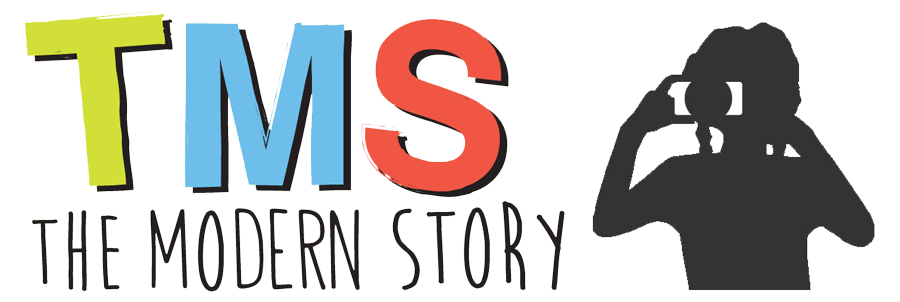These past couple of weeks we’ve been making steady progress at both schools, as we’re delving deeper into the curriculum and preparing for the pre-production phase of the final projects. After successfully completing the photo scavenger hunt and uploading the still images onto the computer, both the girls and the boys are now working with the video cameras and slowly learning how to improve their filming skills. They mastered the technical aspects of the video camera very quickly and with impressive skill. I’ve been so pleasantly surprised by how fast and well they learned all the functions: after a few diagrams on the blackboard and some exercises in class, they went out and did all the shooting themselves with almost no help from us. In fact, it was not the buttons and the levers and the cables etc that they had difficulty with – what proved most challenging and what required the most practice was keeping the camera steady in their hands and getting smooth, clean shots. One reason for this, as we’ve noticed especially at the boys school, is that all the boys in each group crowd around the camera and cling onto the cameraman and shake his shoulders and pull at his hands – thus, by all of them trying to participate in the filming process at once, they end up making things a lot more difficult than they should be. So we are really trying to get the boys to learn to share, and to take turns with the camera. This is not as easy at it seems, since the leaders of the group tend to monopolize the filming and assume ownership of the camera, completely disregarding the other members of their group and even running off on shooting assignments without them. The girls seem to be a lot better with sharing and taking turns behind the camera, and we feel that this attitude is a perfect reflection of their intragroup relationships: while the boys are mean to each other and bully each other around, the girls are nice and even tender to each other, holding hands in the classroom and showing a deep affection for each other. We have identified some obvious leaders in the boys class, so we are trying to get them to help the students who always get left behind – a mission that is not easy, since those disadvantaged boys are the target of all mockery and bullying in their residential community. What is interesting, as both Sarah and I have observed, is how the fundamentally hierarchic structure of the teaching staff (starting from the headmaster) is replicated in the hierarchy that determines the personal relationships between the boys in the school, where the oldest, 10th class boys exert an extremely hierarchic dominance over their underclassmen.
We have just introduced the microphone, the headphones and the tripod to the girls last class, and we will do the same with the boys tomorrow. They really enjoyed learning how to use them and they are practicing recording each other in the context of a new project proposed by UNICEF. The project, that we have already started at both schools, involves filming personal statements to their political leaders, about topics that affect them socially and personally and that they feel their leaders should know about. You can find more information about the program at the following websites: http://www.mdialog.com/video/channel/9925-what-would-you-say- and http://www.j8summit.com/en/usa/the-summit/2008/video-gallery.
The idea behind the project, and the reason we found it relevant and appealing, is that, since children cannot vote and do not formally participate in the decision-making process of their governments, they oftentimes live under the impression that their voice does not matter and that they are the passive generation, overlooked and undervalued by their political leaders. Thus, this project encourages them to speak out and become an active part of the citizenry of their country, while furthermore expressing their political voice in a culturally relevant fashion: by using video and digital media to bring not only the sound of their voices to the UN’s world leaders, but also the image of their faces, and the individual attitudes behind their concerns and their young personalities, personalities that were shaped by the very social issues they are now addressing.
Although we’ve been making amazing progress and I am personally very impressed with how bright and ambitious and quick to learn both the boys and the girls are, our activities in the past couple of weeks have been obstructed by a different kind of problem, that has nothing to do with the kids themselves but is consequently even more frustrating. Since it hasn’t been raining enough recently, there are daily power cuts in Andhra Pradesh of at least 4 hours a day – and this includes both schools and our apartment. At the girls school we have changed our class times to fit the schedule of power cuts, but even so, the blackouts sometimes take us by surprise. Moreover, the inconsistent flow of energy had damaged the computer we are using for the class, and we have just managed to get it working again after a whole week during which it was not even turning on. At the boys school, the problem of the power cuts is even more frustrating because the trip there takes 4 hours one way, so when we get there and there is no power at all and no hope of it coming back anytime soon, we must keep calm and reorganize our lesson plans… Until now, since we were teaching the equipment – the digital camera, the video camera, the microphone etc – we could do that instead of working on the computer, but now that we are finished with the hardware part, we will be absolutely dependent on using the software, and thus needing the computers to work, so our planning has been focusing a lot on issues such as back-up batteries, power cut schedules and the like. Our next approach? Rain chants.







